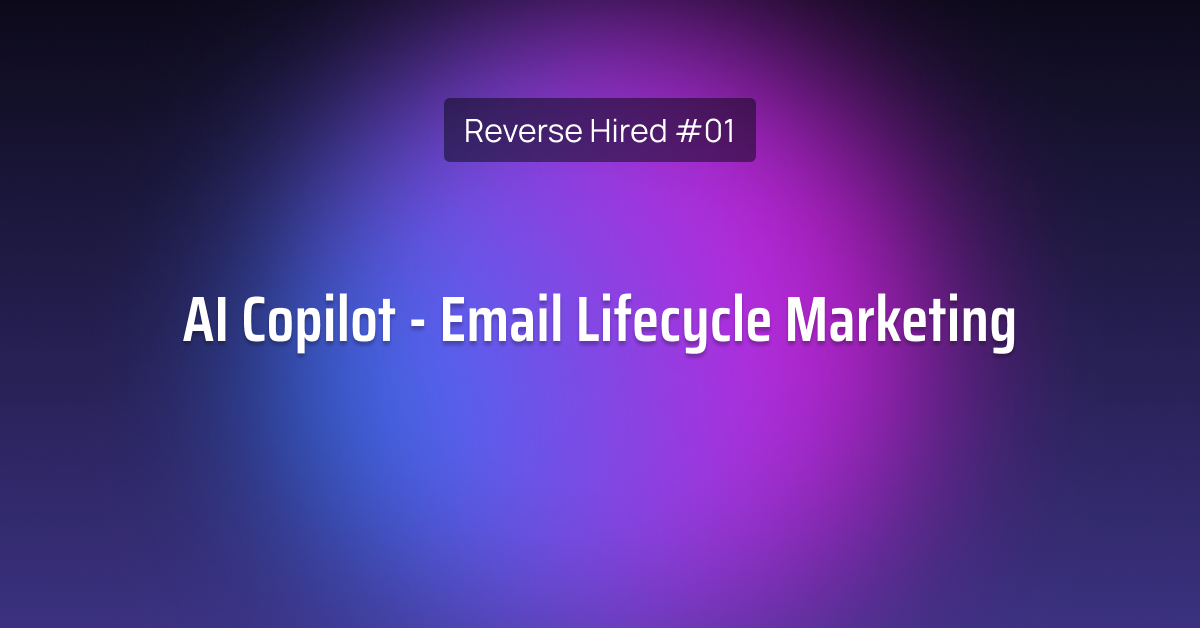
A freelance GTM engineer for teams that need results yesterday
I help B2B companies with 0–1 marketers and lean mid-market teams execute leadership’s GTM vision fast.
I bridge strategy ↔ execution so your team can ship with confidence.
Companies I've worked with
GTM Plays
Concrete, replicable, and useful
Location-based Signal Outbound
Take a first-party intent signal, run it by a list of target accounts with an AI Agent, if a match send to CRM.
See the play
.png)
ABM Lite: 100 Accounts, 3 Signals, 1 Message
Prioritize 100 accounts, map buying groups, and trigger outreach from live signals (hiring, tech, news). One clear message, one clear ask, measured weekly.
Coming soon
.png)
CRM Pipeline Hygiene & Lifecycle
Clean stages, define lifecycle + entry/exit criteria, add required fields, and fix handoffs. Get pipeline visibility in 14 days and stop losing deals to process gaps.
Coming soon
.png)
Exec Dashboard that Leaders Trust
One view of the truth: north-star + leading indicators, channel-to-pipeline, and weekly operating cadence. No vanity—just decisions.
Coming soon
Use Cases & Unsolicited Teardowns
Services
GTM Engineering Sprint
From scattered tools to a working GTM system. Clean lifecycle, reliable pipeline, and exec-ready dashboards.
Outcome: Pipeline visibility leaders trust
Timeline: 30–45 days
See how it works
ABM Signal Plays
100 accounts prioritized by live signals with one message/one ask and a weekly measurement loop.
Outcome: Validated motion
Timeline: 2–3 weeks
Open the play
Acquisition System Audit
Website → CRM → Pipeline diagnosis with a sequenced, no-fluff fix list.
Outcome: Confidence in numbers
Timeline: 10 business days
Start the audit
